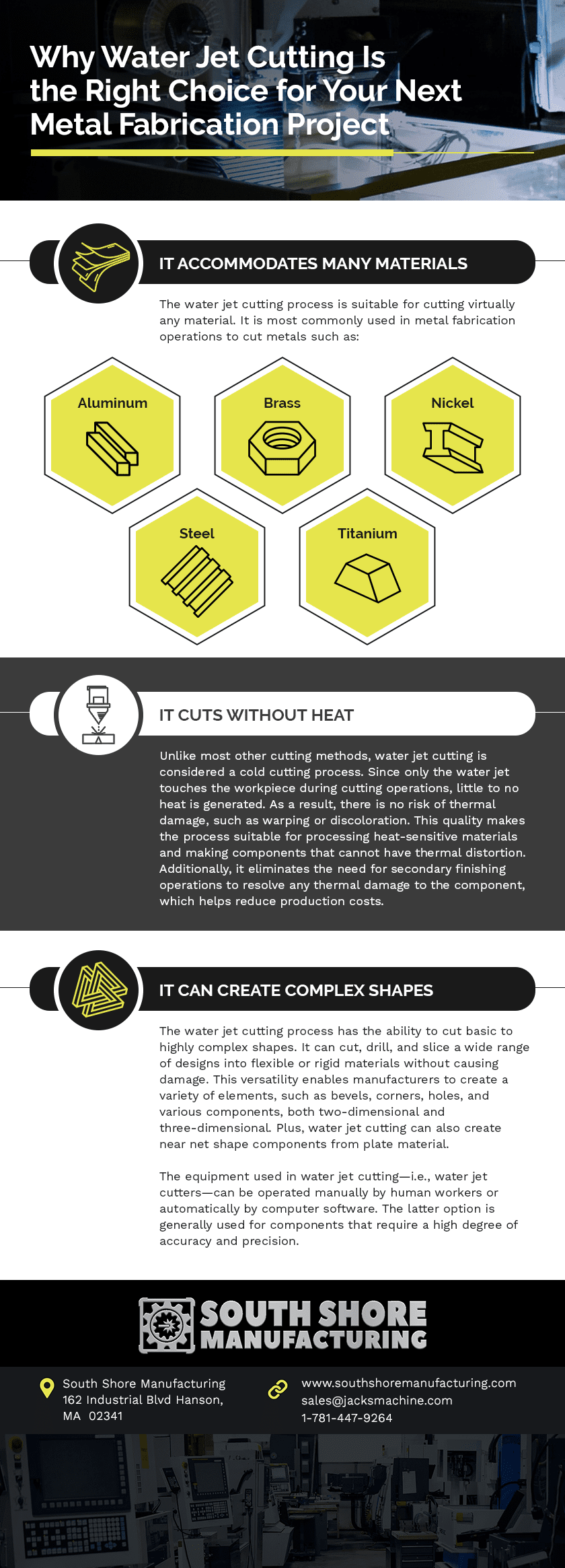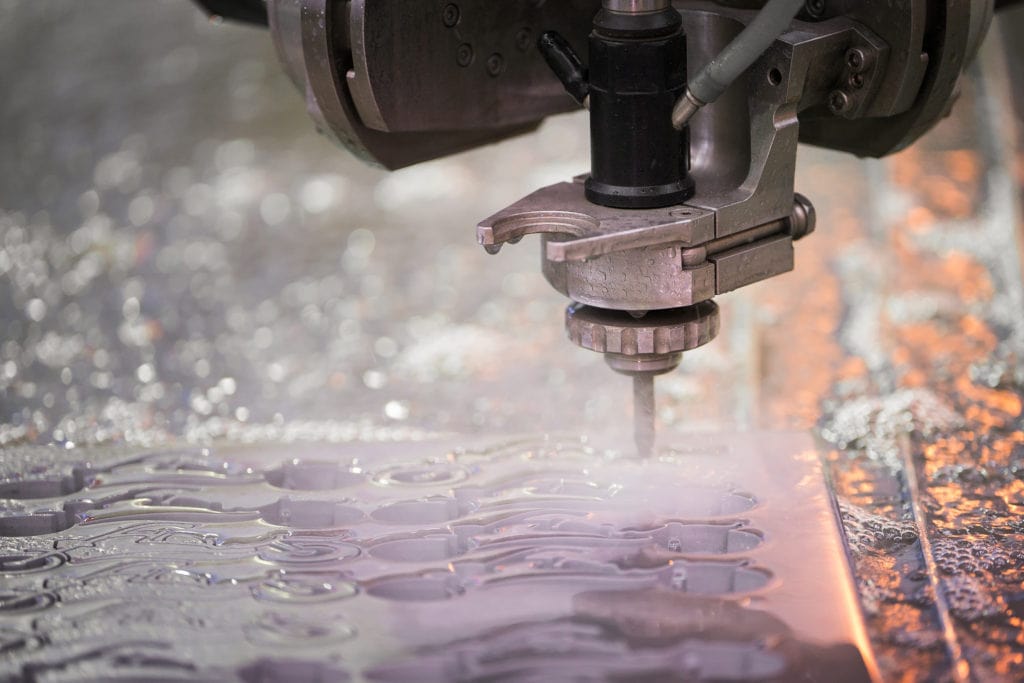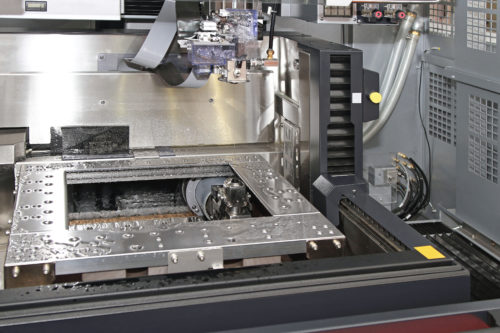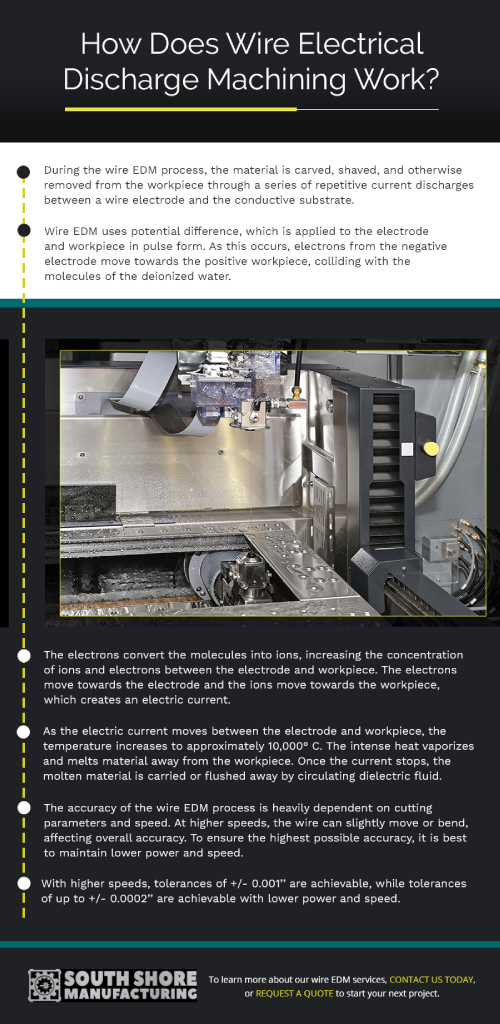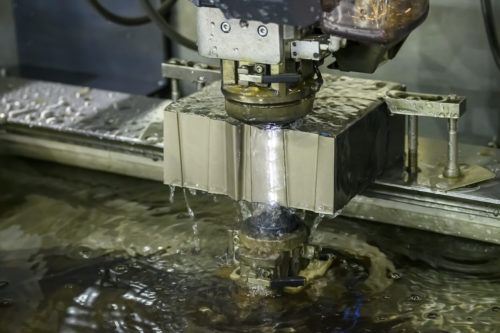Wire Electrical Discharge Machining Machined Parts for Medical Devices
Leave a CommentPatient lives and well-being depend on high-quality and reliable medical equipment. Advanced medical device manufacturers comply with high standards and have no margin for error when machining medical components. Manufacturers rely on medical machining, a type of CNC machining for medical devices that can produce micro-medical components and parts. However, small-scale and micro-machining can challenge medical manufacturers’ machining capabilities.
Micro medical components depend on agile development with multiple revisions, requiring a machining method that can create complex components in numerous small batches. Machine shops rely on FDA-approved medical manufacturing machines to manufacture medical devices. Understanding the benefits of wire EDM machining will help determine if wire EDM services are the right solution for your medical device manufacturing requirements.
Why Choose Wire Electrical Discharge Machining Services for Your Medical Solutions?
Medical device manufacturers rely on machining processes that provide speed and consistency, tight tolerances, a clean surface, and material compatibility. Wire EDM services offer several benefits to manufacturers that other machining methods cannot.
Surface Cleanliness
EDM cutting services provide a clean surface that offers the following benefits for medical manufacturing:
- Wire EDM delivers surface cleanliness that is critical for surgical tools and implants.
- Wire EDM minimizes pollution from back-plating wire-cutting material onto the surface.
- Wire EDM Does not rely on oil and coolants like milling, reducing the cleaning process after manufacturing.
Material Capability
Wire EDM offers excellent material capability, providing the following advantages for medical device manufacturers:
- Titanium and stainless steel, commonly used in medical components, are ideal for wire EDM services.
- Wire EDM can cut materials with various hardnesses, including hardened materials that many machining processes cannot.
- Wire EDM can cut any material that conducts electricity.
Tight Tolerances
Medical equipment relies on the tight tolerances provided by wire EDM and its benefits, including:
- Manufacturers can use wire EDM cutting to produce micro parts for non-invasive surgical tools that grinding and milling cannot.
- Twin-wire EDM allows manufacturers to quickly create micro parts without an operator’s attention by automatically switching between small and large-diameter wires.
Speed & Consistency
The speed and consistency of wire EDM-cutting services provide the following benefits to medical device manufacturers:
- Wire EDM-manufactured components are naturally smooth with clean edges.
- Secondary services, such as deburring, polishing, and tooling, are not required.
- Wire EDM produces a consistent instrument, such as scalpels, so a surgeon feels no distinguishable difference between each instrument or batch.
- The EDM wire continuously replenishes its cutting surface, providing part consistency that exceeds tolerance in every part produced.
- Wire EDM cutting is precise every time. It does not rely on tools that eventually wear down and provide less precise cutting.
Consider Our Wire Electrical Discharge Machining Medical Solutions at South Shore Manufacturing
The medical industry depends on high-quality, replicable, and quickly produced small components and tools. Wire EDM cutting is an ideal option for manufacturing medical devices and equipment, especially small and micro-sized components. It provides a clean surface and tight tolerances without any secondary services. Wire EDM cutting has a wide range of material compatibility and produces components with high consistency and speed.
South Shore Manufacturing provides production wire EDM services with a broad range of capabilities. Our wired EDM services are a solution for various applications and industries, including producing medical devices. South Shore Machining has more than 36 years of experience providing manufacturing services with precision, skill, and accuracy. We maintain an ISO 9001:2015 and ISO 13485:2016 certification to produce quality medical devices and offer a fast turnaround and on-time delivery. Contact us or request a quote to learn more about our manufacturing services.


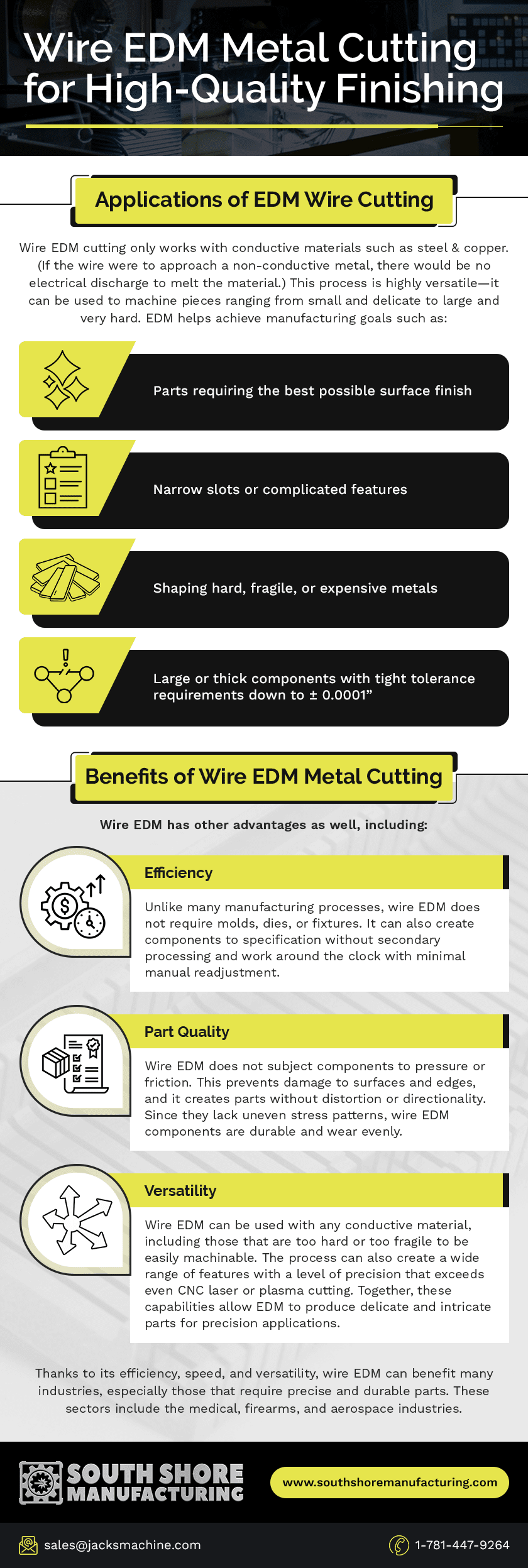

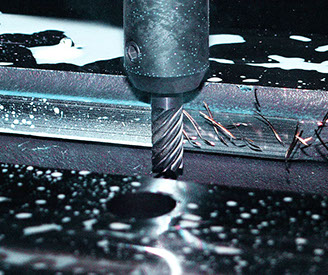
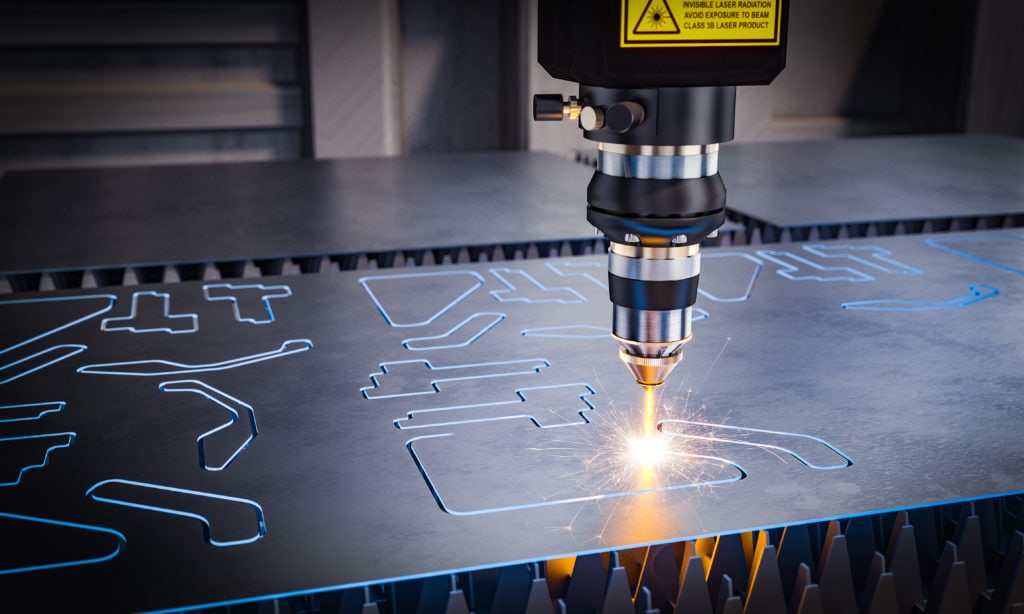
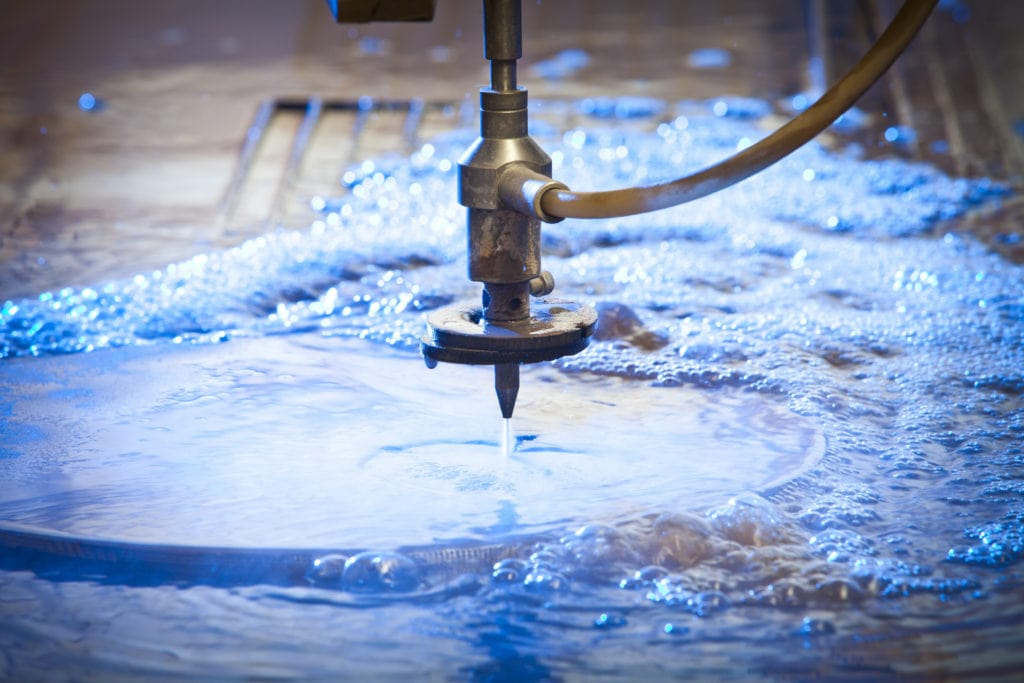 The result is a high-pressure, high-speed stream of water (i.e., water jet), which can be used to cut a wide range of materials for various industries and applications. Softer materials (e.g., foam and rubber) are generally cut using pure water jets, while harder materials (e.g., metal and stone) are typically cut using abrasive
The result is a high-pressure, high-speed stream of water (i.e., water jet), which can be used to cut a wide range of materials for various industries and applications. Softer materials (e.g., foam and rubber) are generally cut using pure water jets, while harder materials (e.g., metal and stone) are typically cut using abrasive 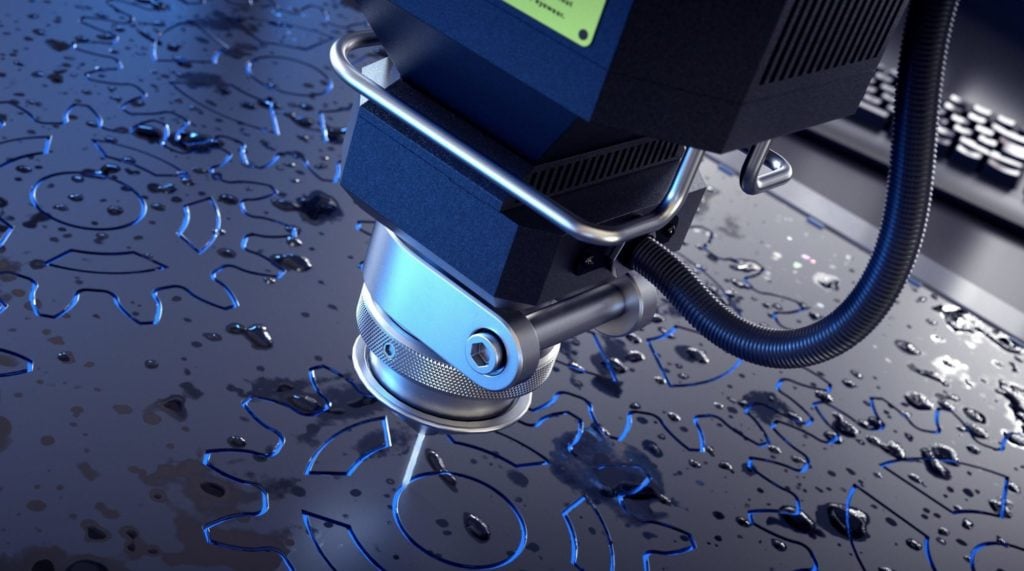 range of designs into flexible or rigid materials without causing damage. This versatility enables manufacturers to create a variety of elements, such as bevels, corners, and holes, and various components, both two-dimensional and three-dimensional. Plus,
range of designs into flexible or rigid materials without causing damage. This versatility enables manufacturers to create a variety of elements, such as bevels, corners, and holes, and various components, both two-dimensional and three-dimensional. Plus, 